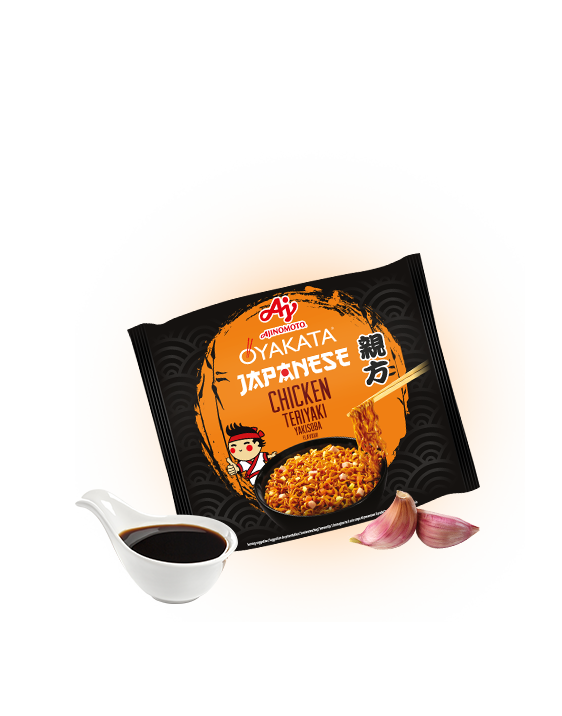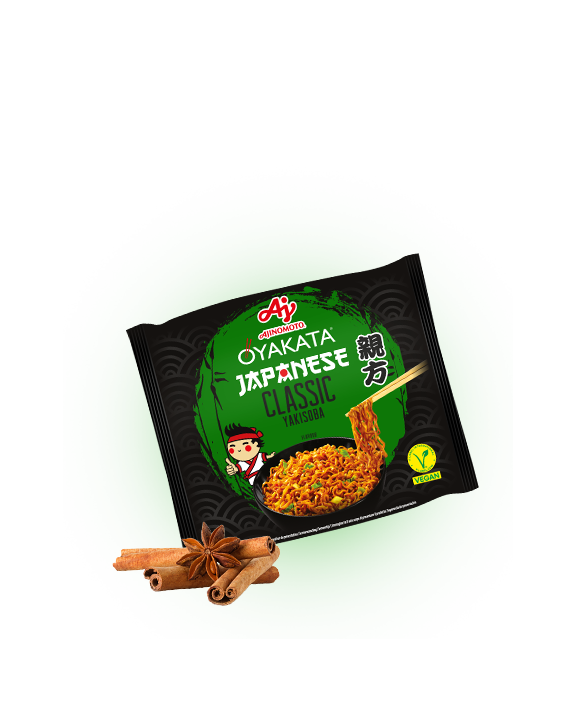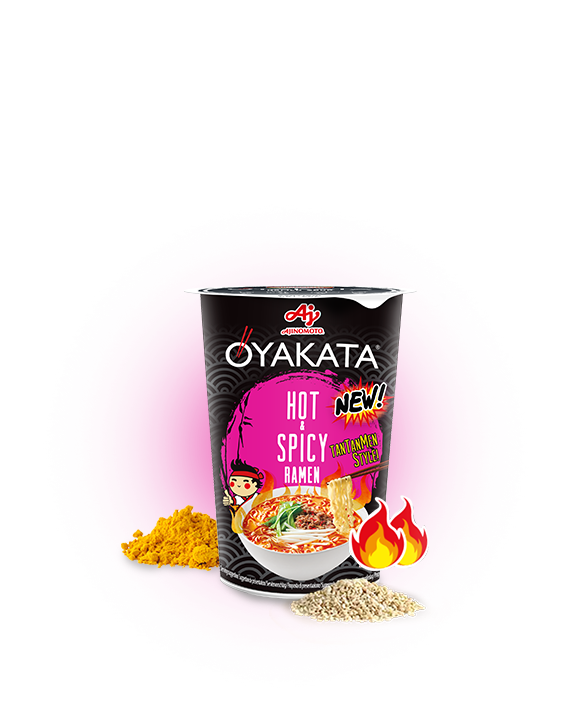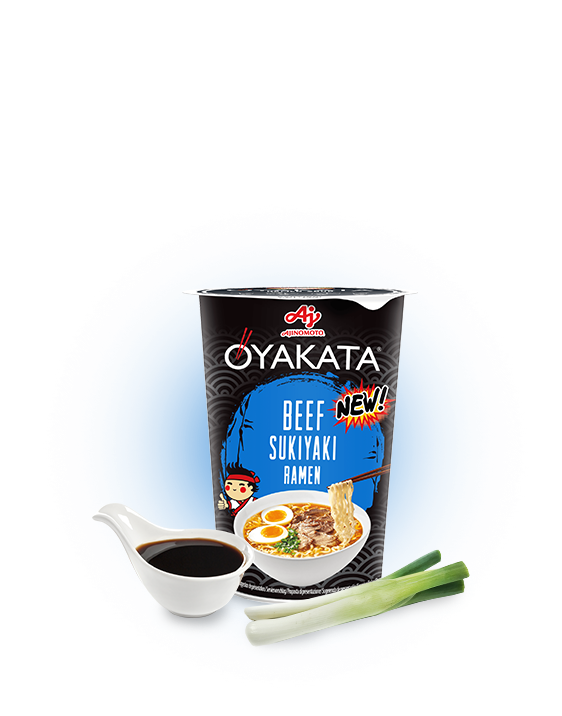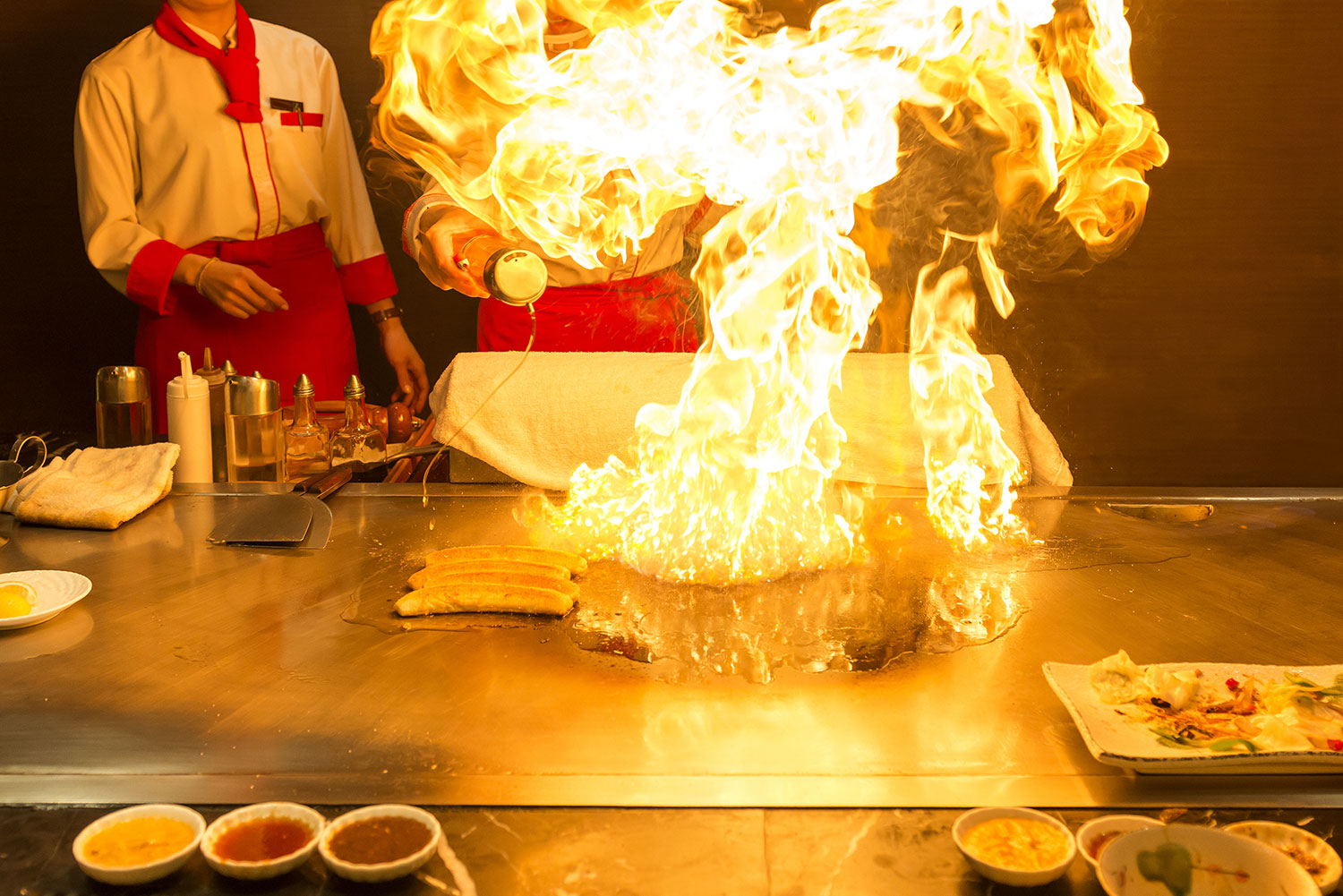

TEPPANYAKI – JAPANESE BARBECUE
Even though Polish people often consider a “traditional” garden barbecue with pork and blood sausage an incredibly appetizing show, just a glance at a Japanese barbecue is enough to realise what a real culinary spectacle looks like. Preparing dishes on a special teppan is more than a barbecue. It is a unique art where the main role is played by the cook – the author of incredible tastes and an acrobat dancing among hot flames. And no – it’s not about balancing on the edge with a bottle of kindling fuel or with a drier to assist in unskilled attempts to fire up the grill.
Teppanyaki – what is it?
Teppanyaki, or literally a plate (teppan) for frying (yaki), is a thick metal sheet for grilling food at very high temperatures. Teppan consists of about a dozen layers of a special steel alloys, of a total diameter of 8 cm. The plate is placed on burners which heat up its central part even up to 600°C. Such high temperatures allow not only to shorten the time required to prepare meals but also prevent the loss of natural aromas and valuable nutrients.
Teppanyaki – barbecue in a sophisticated restaurant
In Japanese restaurants that serve dishes from a teppanyaki table, a “grill” is often a central part of the interior – after all, such a spectacular show cannot be hidden within the walls of the kitchen. Cooks, who need years to develop their grilling skills, prepare dishes from raw, natural ingredients in a flash, all this right before the guests. Japanese live cooking is an incredible Oriental show but also a one hundred percent guarantee that the dishes are fresh. With special hoods absorbing steam and smoke, positioned where the plate heats up the most, all that reaches the guests gathered around the teppanyaki table is the aroma of fried meat, vegetables and seafood. Various dishes can be grilled there almost simultaneously, and if the chefs are skilful and can wipe and clean the hot surface with just one move – an excellent Japanese dessert, e.g. grilled bananas, can be prepared on the same plate where an aromatic duck was made just a moment ago.
Teppanyaki – the most popular recipes
Teppanyaki can be used to prepare practically everything that can be fried on a regular pan or a grill – beef, pork, poultry, fish, seafood and any vegetables and noodles. The Japanese grill perfectly brings out their aromas and makes the dishes incredibly crunchy. As a result, the majority of teppanyaki recipes are very simple sets of natural ingredients, with the only spices being salt, pepper, soy sauce and olive. In some restaurants, ready dishes are accompanied by bowls of sauces, where you can dip the crunchy treats. They are often prepared based on soy sauce or rice vinegar, with the addition of garlic, ginger or sake.
Teppanyaki – how to stay healthy Japanese style
Japanese cuisine is considered one of the healthiest diets in the world not only due to the wealth of fish and fresh vegetables, which the Japanese eat on a daily basis, but also owing to their specific preparation, including teppanyaki. The quick frying method is often regarded as one of the secrets of the health and longevity of the Japanese. It permits preparing dishes using minimum fat and keeps the majority of natural juices inside the ingredients, while the seafood prepared through teppanyaki, rich in the healthy anti-oxidants, retains all of its beneficial properties.
The incredible culinary show, the full range of tastes and the wealth of nutrients – this is the essence of the Japanese barbecue. Do you share the impression that our pork steak, even when perfectly grilled, looks pale against such competition?
